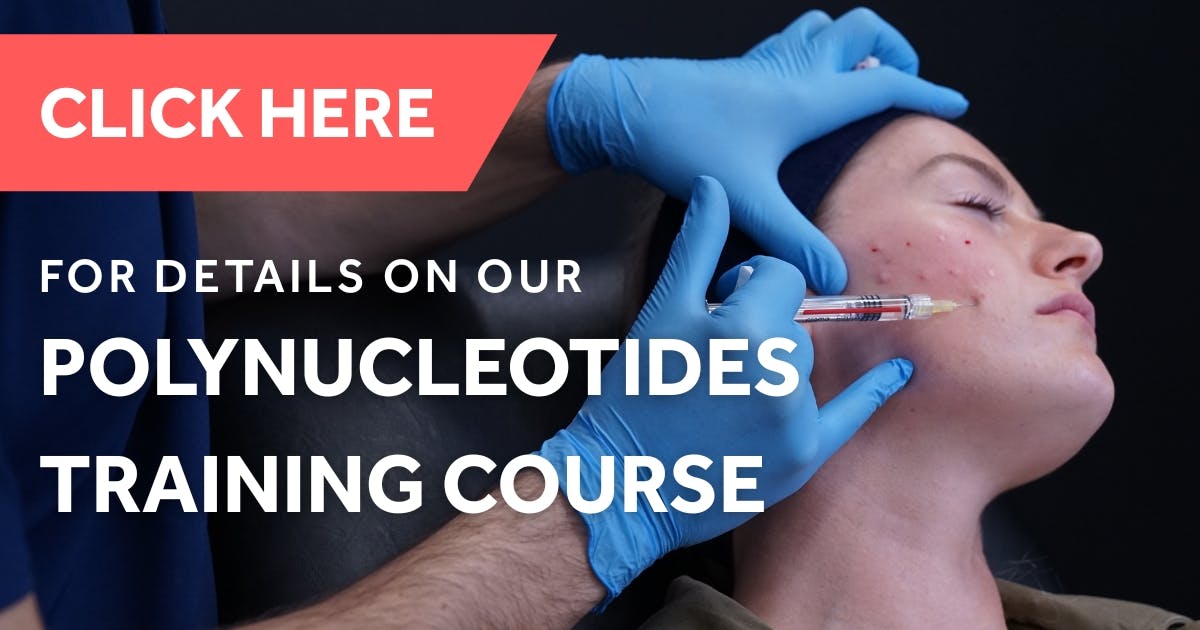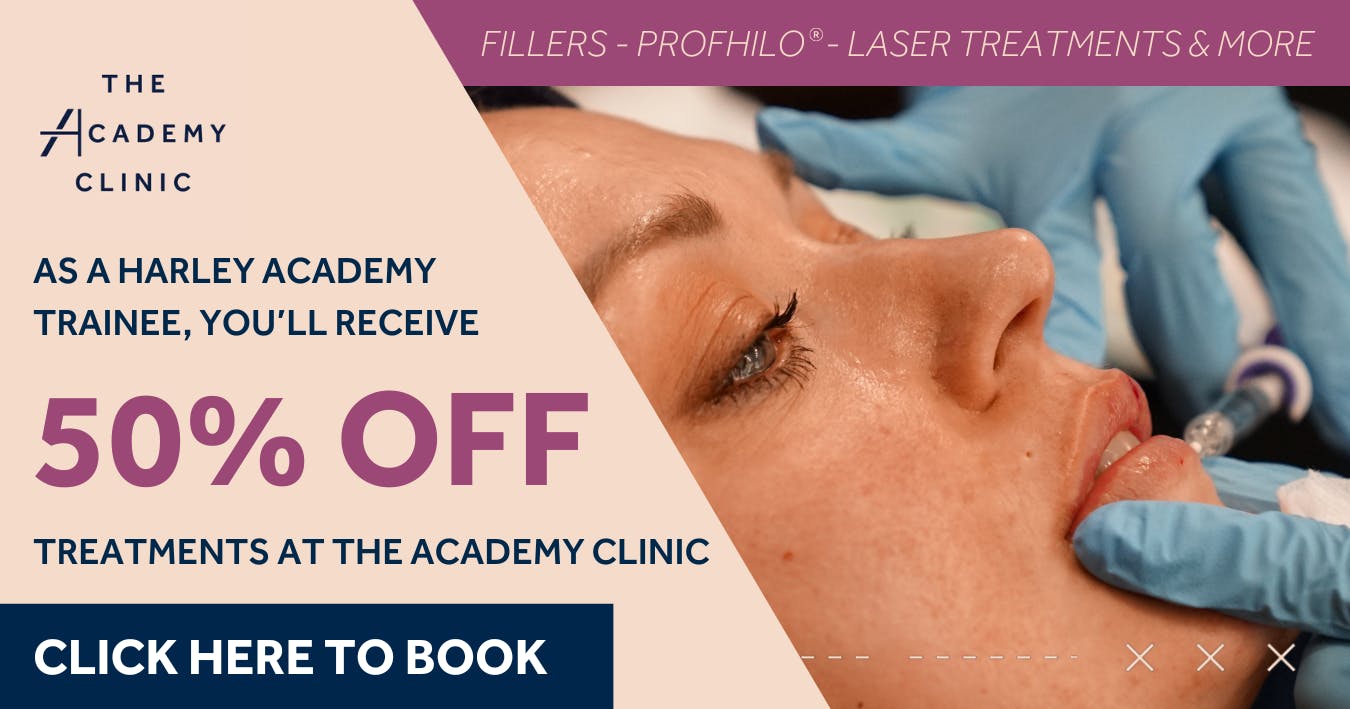Using Polynucleotides to Treat Common Periocular Aesthetic Concerns
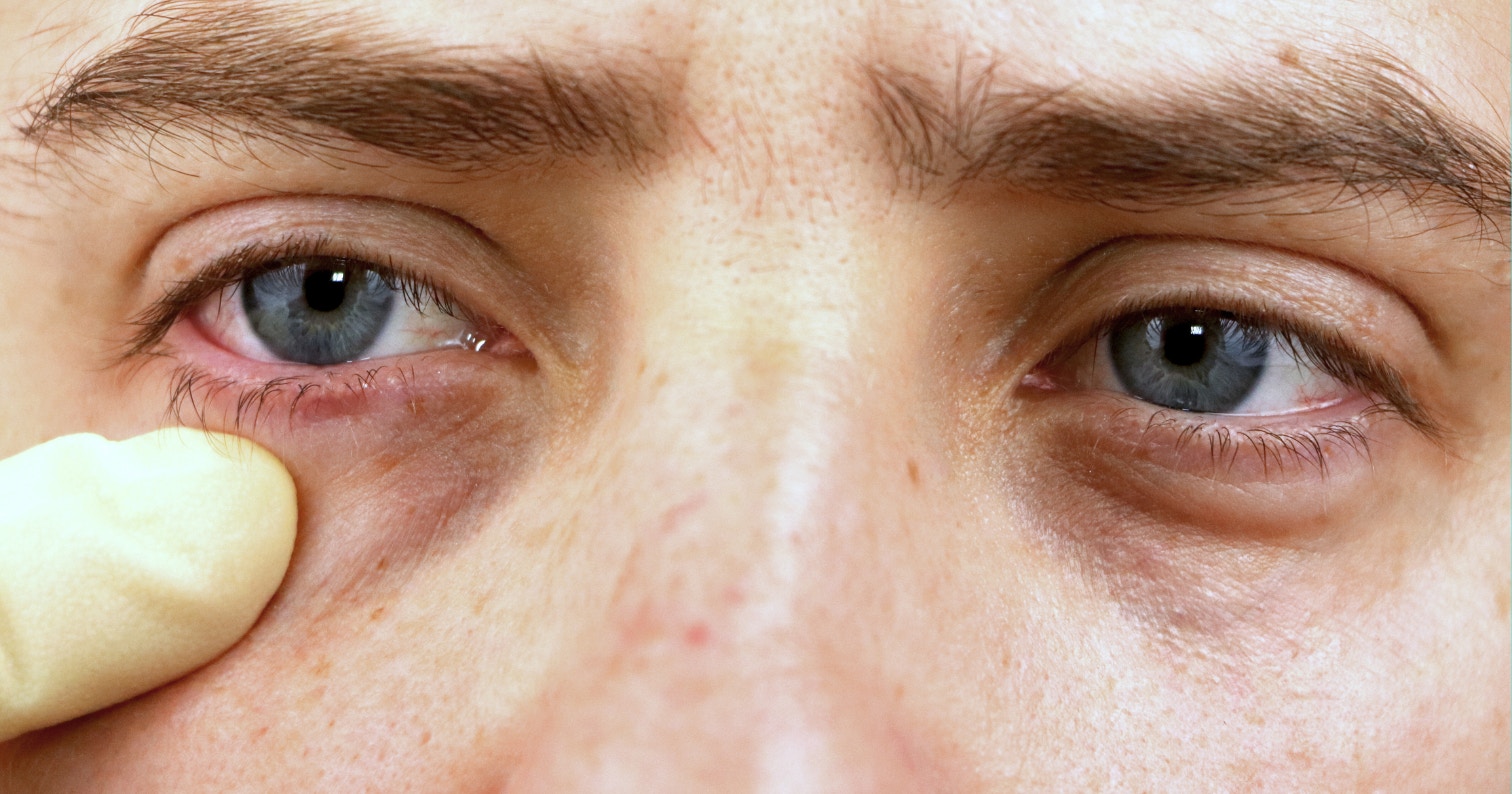
Polynucleotides are a fantastic option for tackling many common periocular aesthetic concerns. From fine lines to dark circles under the eyes, this popular injectable offers injectors an effective new tool with a great safety profile.
Here we’ll talk you through the various applications for polynucleotides around the eyes, including in the eyelids.
We know many of you have additional queries on this topic. Should you introduce them to your aesthetic practice? Will patients be interested in them? Is there a compelling return on investment? Let’s find out!
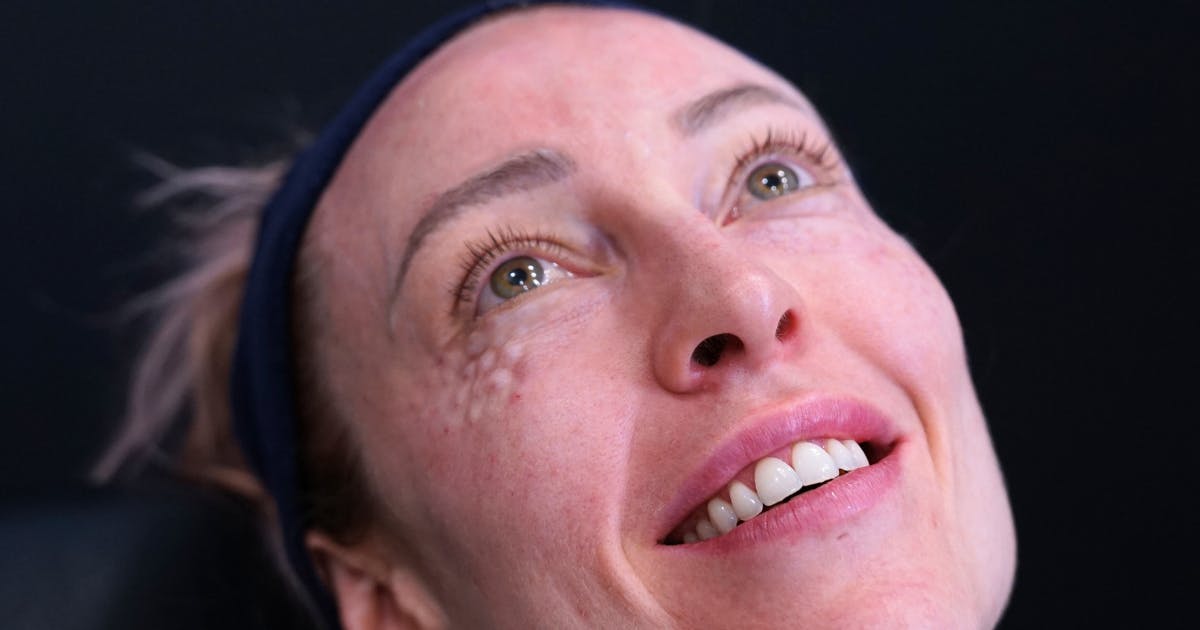
Why are polynucleotides so popular?
Polynucleotides are arguably the biggest breakthrough trend in cosmetic injectables right now. Their popularity has been soaring, largely thanks to celebrity endorsements and media coverage raising public visibility.
Most notably, in the summer of 2024, media personality Kim Kardashian talked about getting a ‘salmon sperm facial’ - and polynucleotides became a viral sensation. Nine months later, there are over 98,000 posts on Instagram and 13,000 on TikTok that use the hashtag ‘polynucleotides’.
This is on top of the fact that these skin boosters can produce impactful results, especially in the periocular area.
Polynucleotides have consistently been one of the most popular aesthetic treatments at The Academy Clinic since we introduced them in July 2024. One of their top draws is their efficacy in treating the tricky under-eye area. From fine lines and skin laxity to dark circles, polynucleotides offer a wealth of benefits for the periocular region.
Periocular uses of polynucleotides
Let’s look at how and where you can use polynucleotides to address aesthetic concerns around the eyes.
What they can help with
You can administer polynucleotide treatments both around the eyes and to the eyelids to treat the following presentations:
- Fine lines
- Dullness and dehydration
- Skin laxity and crepiness
- Dark circles.
Read on to explore each of these in more detail. You can learn about the general benefits of this treatment, what they are and how polynucleotides differ from filler treatments in our practitioner guide to polynucleotides.
Can polynucleotides be injected into the eyelids?
Yes. Polynucleotides are administered so superficially that they are suitable to be injected into the eyelids. This can help with age-related concerns including thinning skin, laxity and crepiness of the lids.
Given the thin nature of the eyelids, this is a procedure you must be trained and confident in, as well as being covered by your insurance.
This is something we cover in our polynucleotides course, here at Harley Academy.
Tackling fine lines around the eyes
Polynucleotides can be used to address fine lines around the eyes, including lateral canthal lines.
Crow’s feet: polynucleotides vs botox
When it comes to treating the crow’s feet, you can choose between polynucleotides, botox or, better still, use both.
- If these lateral canthal lines are not too deeply set, especially if they may be being exacerbated by dehydration or skin laxity, then polynucleotides are a great option
- Where there are deep crow’s feet associated with muscle contraction, botulinum toxin is generally the better primary treatment
- If your patient presents with relatively deep crow’s feet alongside dehydration and/or skin laxity or crepiness, and/or dark circles, a multi-modal approach combining toxin and polynucleotides, or other collagen-induction therapies, such as microneedling, should be considered
- Some patients wish to avoid toxin injections, even if they’re otherwise fine with injectables, so this is a lovely option in these cases. However, ensure you manage their expectations effectively based on what type of outcome they can realistically expect, based on how deep these lines run, before they consent to treatment.
Fine lines, dullness, dehydration and skin laxity in the periocular region, excluding the eyelids, can also be addressed indirectly by other skin boosters, such as Profhilo.
They can also be treated using chemical peels, microneedling, tailored skincare routines, or a combination of these approaches. These modalities are all taught alongside skin boosters and polynucleotides as part of our Cosmetic Dermatology Course.
This cosmetic course is a valuable addition to your aesthetics training as it allows you to access a broader knowledge base relating to the skin, as well as how to treat various indications.
It’s available as standalone, certified training or as part of our Level 7+ programme.
However, whilst the ability to use polynucleotides for fine lines and in the eyelids is certainly compelling, it’s generally the potential benefits for dark circles that attract attention. Where there are multiple concerns, especially including the eyelids or dark circles, polynucleotides become particularly enticing.
Treating periocular dullness and dehydration
Polynucleotides can tackle dullness and dehydration around the eyes by boosting the production of collagen and elastin. They also have a fantastic ability to attract and hold onto water. This provides deep and lasting hydration to the under-eye area.
By improving hydration and stimulating cell renewal, polynucleotides can tackle dullness, making skin look plumper, smoother, and more radiant.
Polynucleotide treatments for crepiness and skin laxity
By enhancing the skin's natural ability to retain moisture, polynucleotides are useful where the skin appears crepey and/or dry.
Increased collagen and elastin, as outlined above, also contribute to a reduction in fine lines and a general improvement in skin texture around the eyes. This is also useful when treating signs of ageing in the eyelids.
Common causes of dark circles under the eyes
Firstly, it’s important to state that not all indications will see results from polynucleotides in this area. It’s crucial to determine the cause of the patient’s dark circles to recommend the most effective treatment.
Patients will often try a variety of topical skincare products in an attempt to brighten their dark circles. They’ll often talk about having seen minimal improvements after spending a lot of money on different creams and lotions. This leaves them in a position of having to cover their under eyes with concealer, as they’re not getting the results they’re looking for. The last thing they’ll want to do is spend more money on injectables only to find they don’t give them the results they’re looking for either!
There are various reasons for dark circles under the eyes, not all of which will respond to polynucleotides. These are:
- Lifestyle factors such as tiredness or nutritional issues
- Dehydration
- Genetics
- Allergies
- Thin skin and/or ageing
- Shadows caused by undereye hollowing or herniation of fat pads
- Hyperpigmentation.
Which types of dark circles can be treated with polynucleotides?
Dark circles caused by allergies or lifestyle factors such as a lack of sleep require the underlying cause to be addressed for any significant improvements.
Hyperpigmentation, due to genetics or sun damage, may require topical skincare or laser treatments as the primary treatment. However, whilst there’s not yet enough research into this aspect, it’s thought that polynucleotides can support improvement in pigmentation.
This is believed to be due to their anti-inflammatory and antioxidant effects given hyperpigmentation is often exacerbated by inflammation. By reducing this, polynucleotides can help to prevent the stimulation of melanocytes - the cells that produce melanin and contribute to the hyperpigmentation that causes some dark circles and more general uneven skin tone concerns.
Polynucleotides can also promote cellular turnover and regeneration. This process helps to shed the superficial, hyperpigmented skin cells, revealing newer, more evenly toned skin. By encouraging the production of healthy skin cells, they contribute to a brighter complexion over time.
Furthermore, some research suggests that polynucleotides may directly inhibit melanin synthesis. While the exact pathways are still being investigated, this potential action could directly reduce the production of pigment, leading to a lightening effect on existing hyperpigmentation as well as having a preventative action.
As polynucleotides stimulate collagen and elastin production, this can thicken the skin under the eyes, making blood vessels less visible. They are also known to improve hydration and microcirculation. This can reduce the appearance of dark circles caused by thin skin or poor blood flow, making polynucleotides a useful primary or adjuvant treatment.
In the case of under eye shadows caused by loss of volume or herniation of fat pads, this won’t be improved by polynucleotides. It will likely require either filler or surgery for the best results.
Causes and appearance of dark circles in patients of different ethnicities
As we age, the skin under our eyes naturally becomes thinner. This is due to a reduction in collagen and elastin production which makes the vasculature more visible.
Dark circles under the eyes present differently depending on the complexion of your patients.
- Black patients will more commonly experience dark circles caused by hyperpigmentation, resulting in brown or dark brown tones. This increased melanin production can be triggered by factors including sun exposure, inflammation from rubbing, or certain skin conditions. Structural changes and visible blood vessels can also play a role
- Caucasian patients will generally have dark circles that appear with blueish or purplish tones. This is due to the visibility of blood vessels and muscle through thinner, more translucent skin. Ageing and loss of fat under the eyes can also contribute to shadowing, making circles look darker
- East Asian patients’ dark circles can present as a range of colours, including brown, blueish, or even a slightly reddish hue. Hyperpigmentation and the visibility of blood vessels are common contributing factors. Skin thickness and underlying bone structure can also influence their appearance
- South Asian patients tend to have dark circles caused by brown or dark brown pigmentation. Periorbital hyperpigmentation is particularly prevalent in this cohort. Genetic predisposition, sun exposure, and inflammatory conditions are common causes. The appearance can also be influenced by deeper tear troughs and thinner skin.
When to use tear trough filler instead of polynucleotides
We’ve previously detailed the specifics regarding which cases present the better option for treatment with tear trough filler, rather than polynucleotides.
Where there is significant hollowing under the eyes, the goal is generally to restore volume to this region. As polynucleotides don’t volumise, in situations of concavity, a filler treatment would be the more appropriate option.
Patient selection is one of the most important factors for tear trough treatment. You can learn how best to assess your patients as well as the relevant facial anatomy and best injection techniques, on our Tear Trough Filler Masterclass.

How many polynucleotide treatments are needed for patients to see results?
Generally, patients require a course of three to four sessions of polynucleotide treatment to see noticeable results although some people may notice some results after just two treatments. These sessions are typically spaced two to four weeks apart. This allows the polynucleotides to work gradually at a cellular level.
Your patients will often start to see initial improvements in skin hydration and radiance within one to two weeks of completing their first session. However, the more significant effects, such as enhanced elasticity and a reduction in fine lines, usually become apparent after four to six weeks as collagen remodelling occurs.
It's important to explain to them that polynucleotides work progressively. The full benefits are often seen a few months after completing the initial course of treatments. To maintain the results, maintenance sessions every four to six months are often recommended.
If your patients are used to ‘quick fixes’ such as fillers, they’ll need to have their expectations properly managed as this treatment requires a longer lead time to see meaningful results.
Should you introduce polynucleotides to your aesthetic practice?
The short answer here is ‘yes’. We do recommend you introduce polynucleotides to your aesthetic practice if they’re a good fit with your business model. Do bear in mind that every practice is different, though.
While there are compelling benefits to offering polynucleotide treatments, always do your research and run your numbers before deciding whether they’ll be right for you and your patients.
Based on the success we’ve had with polynucleotide treatments at The Academy Clinic and STORY Clinics, as well as what our clinical trainers tell us about using them in their private practices, we can share:
- Polynucleotides are in demand with good ‘name recognition’ - this means patients have heard of the treatment
- They have a solid safety profile, making them a relatively ‘low risk’ treatment
- Dark circles, which can be addressed using polynucleotides in certain instances, are an incredibly prolific aesthetic complaint. When you get good results for this indication, your patients can become fantastic referrers. This is possibly because dark circles are such a common complaint, and one with minimal perceived stigma, that finding an effective solution is a real talking point!
- Polynucleotides are one of the only injectables suitable for treating the eyelids
- Can be combined with botox and filler treatments and administered during the same appointment in many cases
- Relatively easy to administer
- Offer a good return on investment - more on this below.
Return on investment: the business case for polynucleotides
We’ve written before about the ‘business case’ for introducing cosmetic dermatology into your aesthetic practice. Let’s take a specific look at polynucleotides.
At Harley Academy, we teach our Polynucleotides Training Course and the polynucleotides section of our Level 7+ programme, using PolyPhil products by Croma. These cost around £65 to £80 + VAT per 1 x 2ml pack depending on the product - enough for one treatment.
The price of polynucleotide treatments in the UK varies pretty widely, usually depending on whereabouts your clinic is located and how experienced and qualified the practitioner is. Healthcare professionals working as aesthetic practitioners tend to charge higher prices due to their higher level of medical care, knowledge and qualifications.
Usually, in a non-training clinic environment, prices start from £200-300 for an under-eye polynucleotide treatment and from £400-600 for a full-face treatment. These prices are inclusive of VAT. As you can see, that’s a very healthy markup! This is before considering any discounts available on the product, for example, for bulk ordering or introductory offers.
Example prices for under-eye polynucleotides
Let’s start at the lowest end of the scale; say you’re charging £200 for an under-eye treatment and your patients require a course of three sessions. This will cost you around £75 + VAT x 3, so £270 including VAT for the product.
You can charge this out at £600 including VAT which is £500without the VAT. Without allowing for any other factors - including the price of your time, clinic running costs, other supplies, etc - you will make £230 in profit for a course of three treatments.
If you were to charge £250 per treatment, you’re looking at a profit of £355 for a course of three treatments after VAT.
You may think that, because you’re only treating the under eye region, these appointment times will be shorter, thus increasing your profit margin. However, this isn’t the case. In our experience, due to the time required for effective numbing and patients wanting to go more slowly with injections around the eyes, a standard appointment slot is still necessary.
Do bear in mind that these examples are for illustrative purposes only and you’ll need to model your own figures based on your data and practice. You’ll also need to take into account the amount it costs to run each appointment outside of the product cost, including how much you’re paid to carry out each treatment.
We hope this information has been helpful. Do let us know in the chatbot to the right of this screen if you have any questions!
All information correct at time of publication
Download our full prospectus
Browse all our injectables, dermal fillers and cosmetic dermatology courses in one document
By submitting this form, you agree to receive marketing about our products, events, promotions and exclusive content. Consent is not a condition of purchase, and no purchase is necessary. Message frequency varies. View our Privacy Policy and Terms & Conditions
Attend our FREE open evening
If you're not sure which course is right for you, let us help
Join us online or in-person at our free open evening to learn more
Our Partners


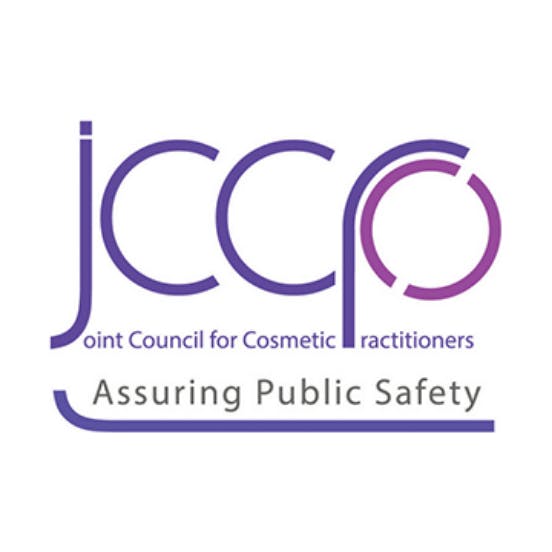



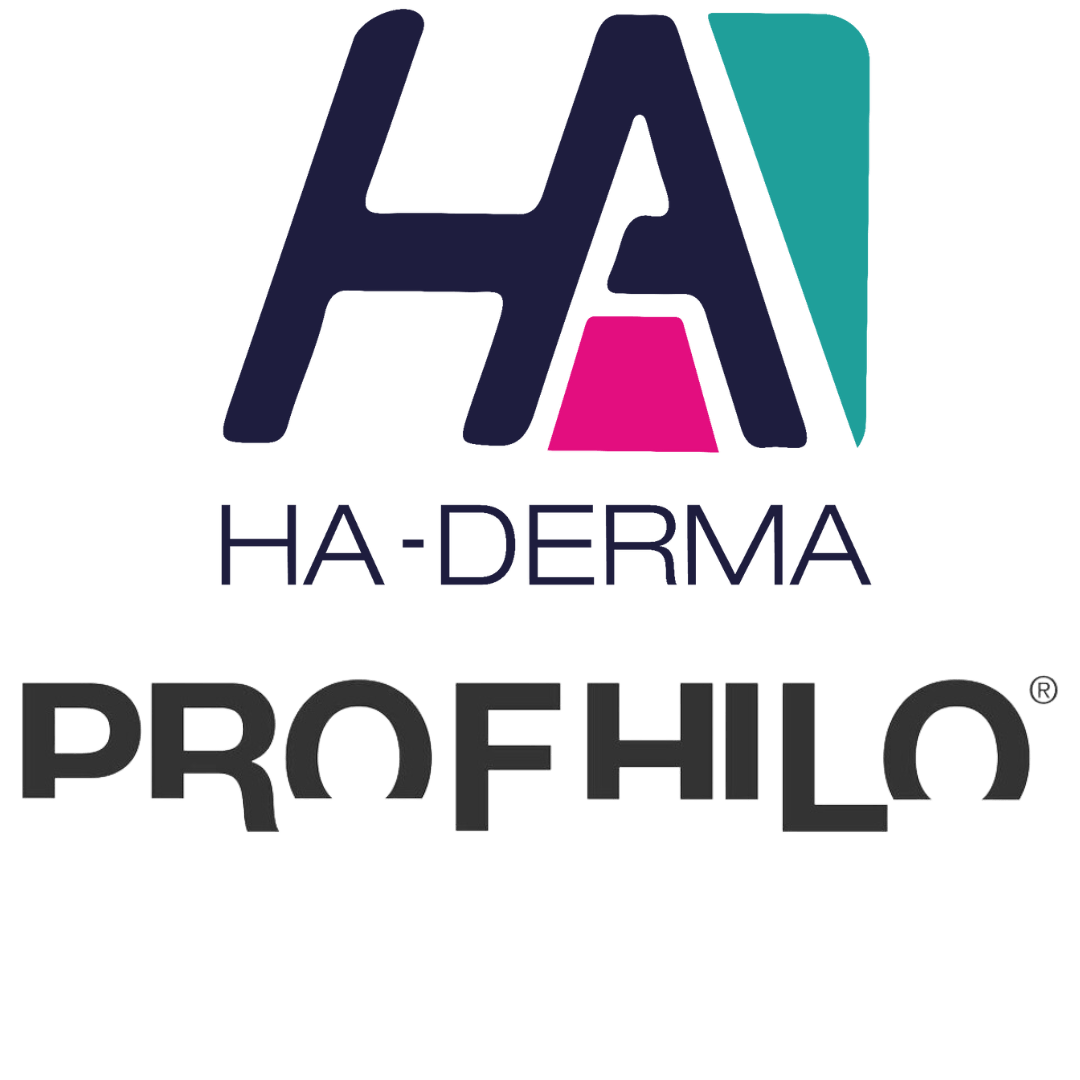
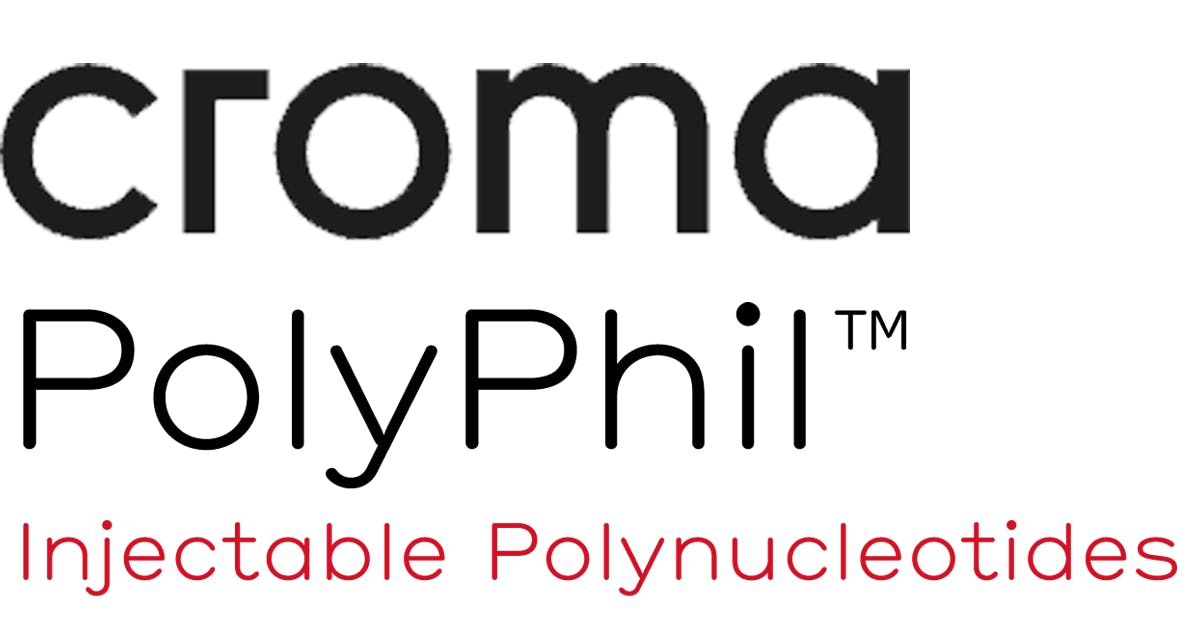



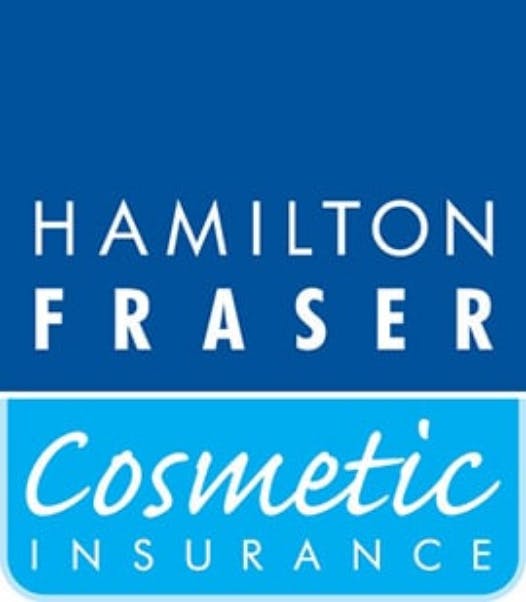
STAY INFORMED
Sign up to receive industry news, careers advice, special offers and information on Harley Academy courses and services


